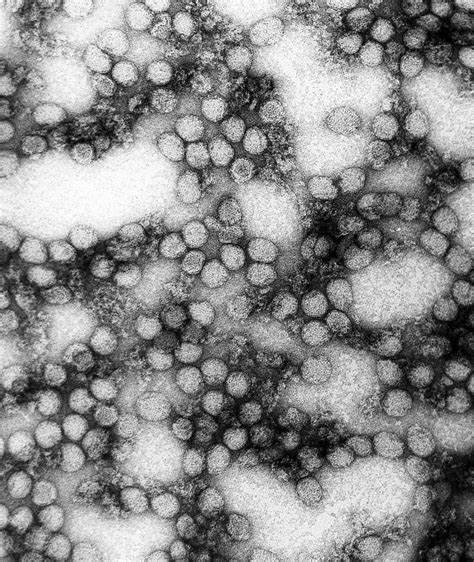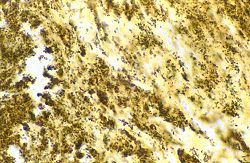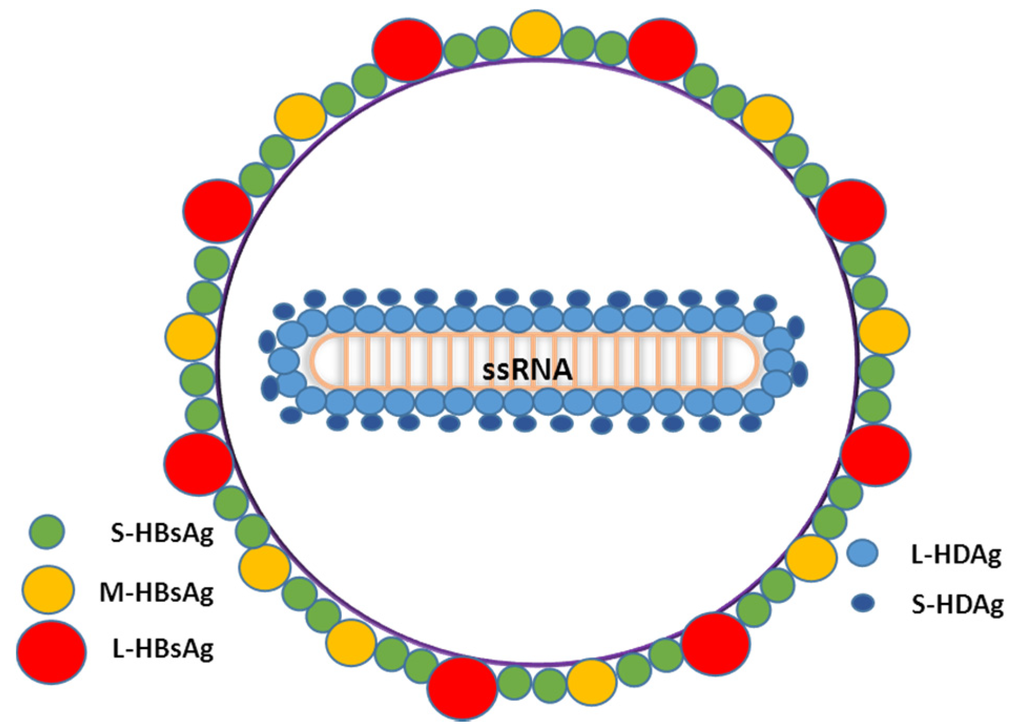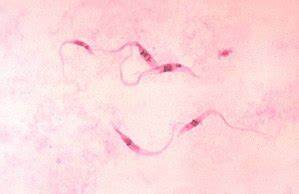A disease is considered rare if it affects no more than 5 in 10,000 inhabitants. That doesn't sound like much. But a total of about 8,000 rare diseases are known worldwide. Many diseases are only diagnosed at a late stage, and for some there is still no suitable therapy to date. However, at least in terms of diagnostics science has made great progress in recent years.
The correct diagnosis of a disease is the key to therapy. Only if the treating physicians know which disease is behind the often diffuse symptoms can the affected persons be treated adequately. Only then can it be observed whether the incidence of the disease is increasing or decreasing, and only with an accurate diagnosis can therapies be developed. But what should doctors look out for? Below is an inexhaustive list of infections that are rare in Austria and can lead to serious illnesses.
Flaviviruses
Mosquitoes, for example, frequently transmit infections with so-called flaviviruses, which usually cause flu-like symptoms, but in individual cases can lead to severe illness. Flaviviruses include the following viruses:
- West Nile virus: In Austria, 44 cases were confirmed between 2009 and 2018. About 80% of infections are asymptomatic. Sudden high fever, muscle pain, headache, gastrointestinal symptoms, lymph node swelling, and skin patches are typical for the disease. In isolated cases, West Nile meningitis or encephalitis occurs, causing neuroinvasive disease. In particular immunocompromised patients have a higher risk of developing a severe form of the disease.
- Usutu virus: This virus can also cause severe neurological diseases in individual cases.
- Zika virus: Rare outside of Africa and South East Asia, but has been on the rise for several years. Causes a mild infection in most cases, but can also cause Guillain-Barré syndrome, a paralytic condition that could lead to death. An infection during pregnancy increases the risks for microcephaly, a malformation of the fetus’ head.
- Chikungunya virus: In up to 10% of cases, joint symptoms persist for months to years; this is referred to as chronification of the infection. In rare cases, internal organs are affected, such as inflammation of the liver (hepatitis), inflammation of the heart (myocarditis, pericarditis) and meningitis.
- Dengue fever: This virus is referred to as an "emerging disease". According to the WHO, 50 to 100 million people contract dengue fever each year, and 500,000 people have a severe course of the disease with the so-called dengue hemorrhagic fever or dengue shock syndrome. 22,000 people die from dengue fever every year. In Austria dengue fever is nevertheless rare, but cases must be reported.
Diagnosis: Acute viral infections can be detected by antigen and RT-PCR tests. After the symptoms have subsided, antibody tests are also used. Generally, RT-PCR is recommended up to 5 days after symptom onset, and ELISA, an enzyme immunoassay, after 5 days and beyond.
Bacteria
In addition to viruses, bacteria are also important triggers of infectious diseases. Some bacteria are common but cause severe disease only in exceptional cases.Neben Viren sind auch Bakterien wichtige Auslöser von Infektionskrankheiten. Manche Bakterien kommen zwar häufig vor, lösen aber nur in Ausnahmefällen eine schwere Erkrankung aus.
- Bartonella henselae: The so-called cat scratch disease is triggered by the bacterium Bartonella henselae, which is mostly found in young cats and other mammals. While cat scratch disease is not uncommon, it is often difficult to diagnose. It is estimated that about 14% of all unexplained swellings are due to the bacterium. In rare cases, neurologic encephalitis, neuroretinitis, or endocarditis develop.
Diagnosis: Bartonella henselae or the body's immune response to this bacterium can be detected by immunofluorescence. In addition, if serology is unclear, a PCR test is usually used or a biopsy for histopathologic evaluation.
Virusoids
Virusoids are dependent on another virus. They can only form new infectious particles if the cell is also infected with the main virus at the same time. Thus, they usually occur as a concomitant of another infection. Accordingly, they are encountered less frequently.
- Hepatitis D virus: This virusoid causes chronic liver inflammation and may occur concurrently with or in addition to hepatitis B infection. Approximately 5% of all hepatitis B infected individuals also have hepatitis D infection. Hepatitis D virus is prevalent worldwide, with a high prevalence in the Mediterranean region, Romania, Mongolia, Central Africa, and South America. In all other regions, including Austria, the prevalence of hepatitis D in the general population is very low. Risk groups for hepatitis D infection include drug addicts. But here, too, the risk has decreased in recent years thanks to improved hygiene concepts.
Diagnosis: Virusoids such as hepatitis D can be identified by antigen, antibody or HDV RNA PCR testing. Hepatitis D infections must be reported.
Parasites und Protozoa
Protozoa can implant in cells via host animals and cause disease.
- Trypanosomiasis or sleeping sickness is transmitted by the tsetse fly and occurs in tropical areas of Africa. About 500,000 people are affected worldwide. Sleeping sickness progresses in three stages: after a flu-like infection, confusion, coordination and sleep disorders, and seizures develop after a few months. In the final stage, patients fall into a twilight state.
Diagnosis: In the early stage, the parasites can be detected microscopically in the blood. From stage II onwards, immunological methods such as ELISA, indirect IFT and PHA/IHA are increasingly used.
Szabo-Scandic – Specialist in Diagnostics
Szabo-Scandic has specialized in infectious diseases and immunology for many years. With very accurate diagnostic methods - from indirect immunofluorescence to ELISA, LAMP, RT-PCR tests - we offer support to physicians and laboratories in the determination and identification of pathogens.

 Deutsch
Deutsch






